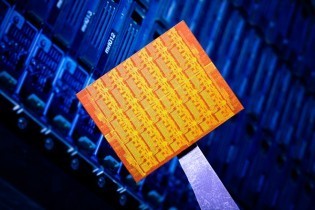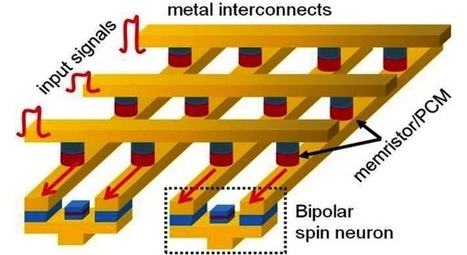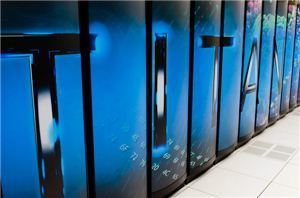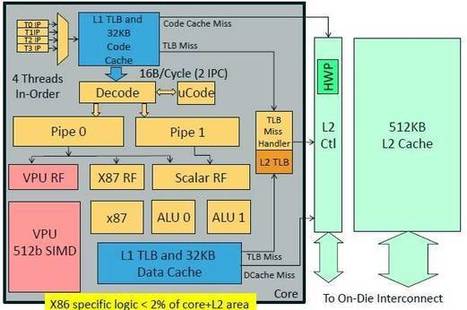Gearing up to go full stack, firm spends time on standards, open-source communities...
Research and publish the best content.
Get Started for FREE
Sign up with Facebook Sign up with X
I don't have a Facebook or a X account
Already have an account: Login
A few things the Symbol Research team are reading. Complex Insight is curated by Phillip Trotter (www.linkedin.com/in/phillip-trotter) from Symbol Research
Curated by
Phillip Trotter
 Your new post is loading... Your new post is loading...
 Your new post is loading... Your new post is loading...
|
|

















NVIDIA is getting involved in standards for parallelization of compute at language level - this is likely a very good thing (and it won;t hurt them selling hardware either).